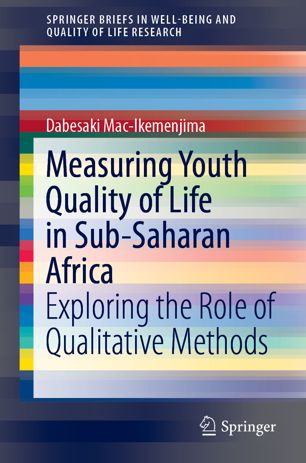

Most ebook files are in PDF format, so you can easily read them using various software such as Foxit Reader or directly on the Google Chrome browser.
Some ebook files are released by publishers in other formats such as .awz, .mobi, .epub, .fb2, etc. You may need to install specific software to read these formats on mobile/PC, such as Calibre.
Please read the tutorial at this link: https://ebookbell.com/faq
We offer FREE conversion to the popular formats you request; however, this may take some time. Therefore, right after payment, please email us, and we will try to provide the service as quickly as possible.
For some exceptional file formats or broken links (if any), please refrain from opening any disputes. Instead, email us first, and we will try to assist within a maximum of 6 hours.
EbookBell Team

4.1
100 reviewsThis book explores the conceptualisation and measurement of youth quality of life in sub-Saharan Africa. Further, it addresses methodological questions relevant to the development of measures and gaining an understanding of youth quality of life in this region. Drawing on the data collected, it subsequently explores students’ primary goals and their satisfaction with the extent of having achieved those goals. Accordingly, the book fills an important gap in the available literature on youth quality of life, and advances the role of qualitative methods in developing youth quality of life measures in sub-Saharan Africa.